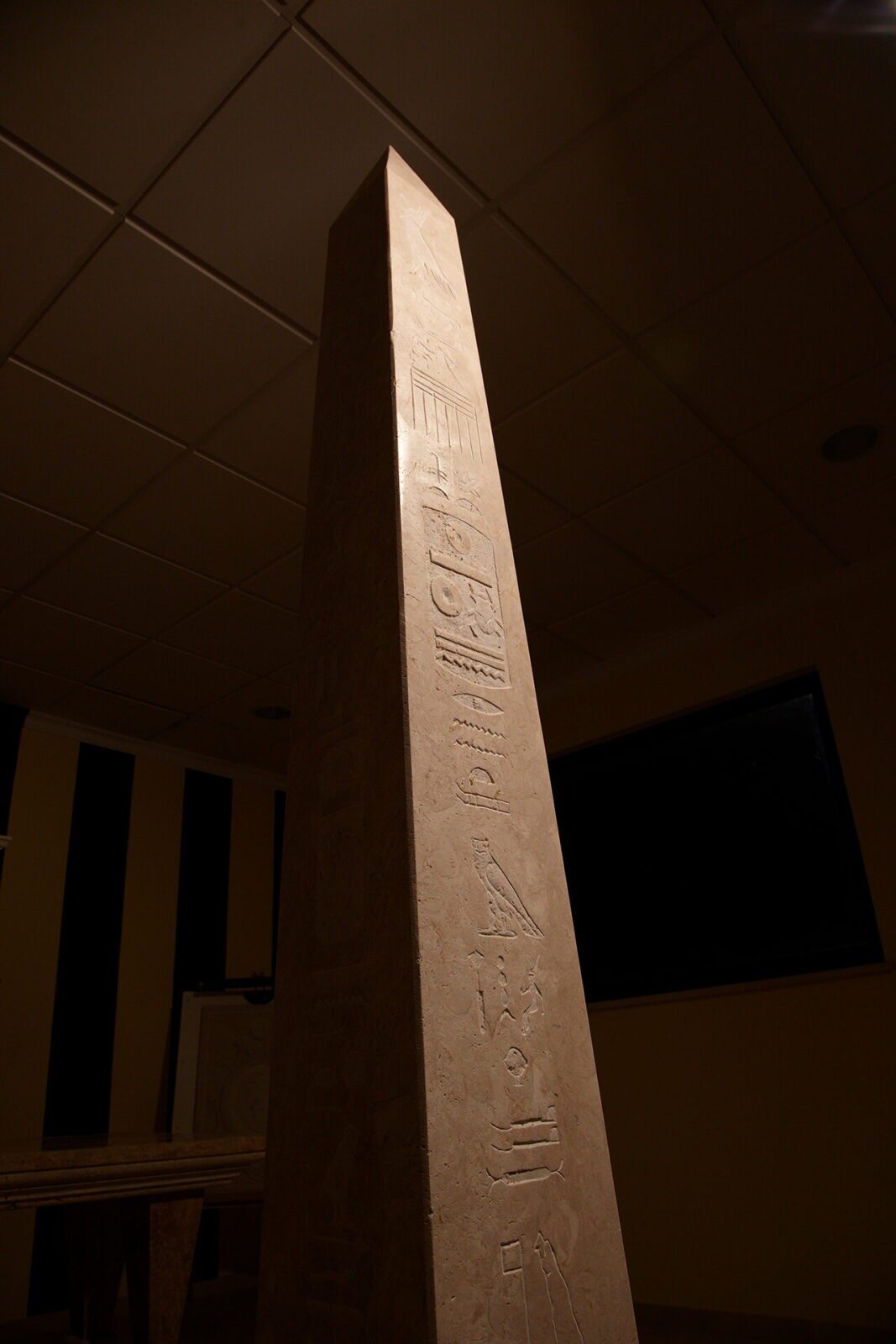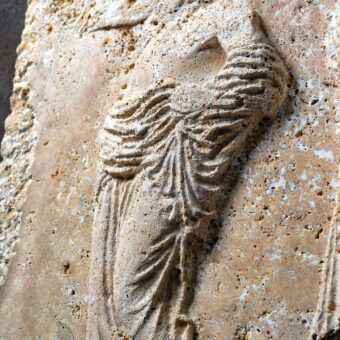THE OBELISK OF THEODOSIUS
REPLICA OF THE THUTMOSE III OBELISK, ISTANBUL. 1479 B. C.- 1425 B. C.
They are full of religious and political symboisml and messages. Their construction required a committed workforce and it required an effective engineering deployment. Next to the pyramids, we pinpoint Ancient Egypt symbols. Obviously, they were created with the intention ofamazing and lasting forever.
| DIMENSIONS | 240 CM (H) |
|---|---|
| MATERIAL | LIMESTONE |
| DELIVERY TIMES: | 80 DAYS |
They are full of religious and political symbolism and messages. Their construction required a committed workforce and it required an effective engineering deployment. Next to the pyramids, we pinpoint Ancient Egypt symbols. Obviously, they were created with the intention of amazing and lasting forever.
The European people were amazed by the pyramids and obelisks, though one of the advantages that the latters had was that they could be transportable. Therefore, the robbery of the occidental citizens and the liberalism of some Egyptian leaders made possible that several obelisks were finally used as decoration in parks and squares in Rome, London, Paris, New York or Istanbul.
The obelisk of Theodosius was raised by the pharaoh Thutmose III. It commemorates the triumph on the shore of the river Euphrates in the 1450 B.C. Firstly,it belonged to the Karnak and re-erected in the Constantinople hippodrome in the 390 under the commands of Roman Emperor Theodosius I , who was ruling in the oriental part. He was the last Caesar of a global empire. His figure stands out not only because it is the last of the three Hispanic emperors -after Trajan and Hadrian- but also because of its significant role in the spread of Catholicism and the raise of its faith.
The term “obelisk” comes from the Greek “obeliskos”. At the same time, diminutive of “obelos” “shaft or pointed column”. Ancient Egyptians called it “tejen”. They are monolithic pillars of four sides. It has core pyramid shape, in other words, they were narrowing slightly from the base to the peak. There were hieroglyphic including a dedication to the gods, names and titles of the pharaoh. They were carved on the four sides and through them; the monarch was linked to the divinity and could mediate between men and gods.


















